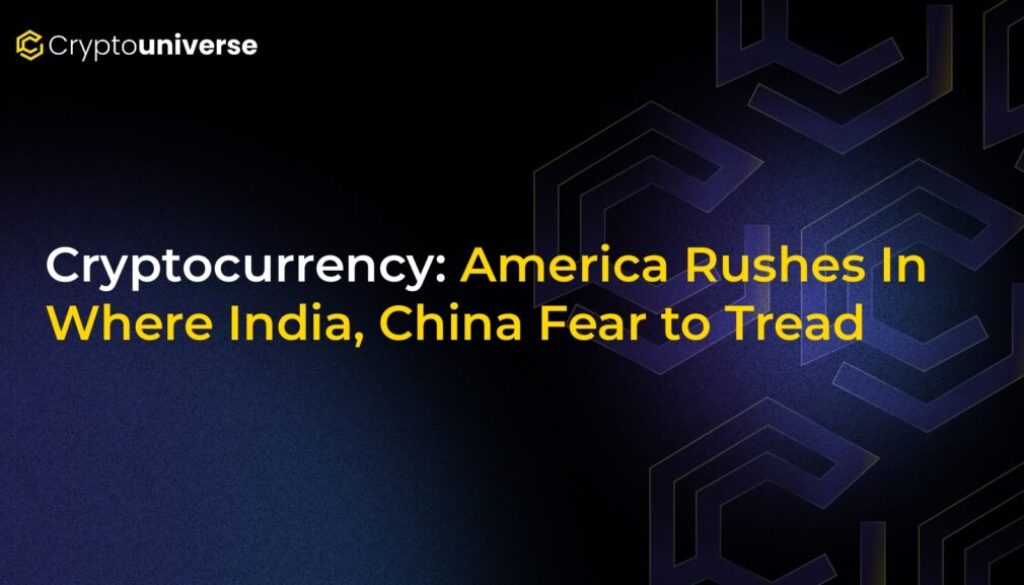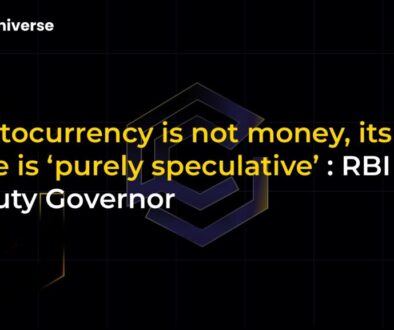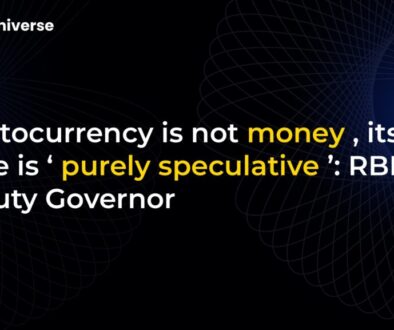Cryptocurrency: America Rushes In Where India, China Fear to Tread

A New Global Fault Line: The Great Crypto Divide
The world of finance is witnessing a great divergence, a geopolitical rift centered on the very nature of money. On one side, nations like China and India are building digital walls, viewing private cryptocurrencies with deep suspicion. On the other, the United States is rolling out the red carpet, making a bold play to become the undisputed global hub for digital assets. This isn’t just about regulation; it’s a fundamental clash of economic philosophies that will shape the future of money for decades to come. The central theme is clear: Cryptocurrency:
The Eastern Fortress: A Strategy of Control and Caution
In the East, the primary goal is stability and sovereign control. Both China and India see borderless, decentralized money as a direct threat to their economic architecture.
China’s Great Firewall of Crypto
Beijing has taken the most extreme stance, moving from gradual restrictions to an all-out ban on crypto mining, trading, and even ownership. This decisive action was driven by three core concerns:
- Capital Flight: Unregulated crypto provided a leaky valve in China’s strict capital controls, with estimates suggesting over $50 billion exited the country via digital assets in just two years.
- Financial Stability: The wild price swings of assets like Bitcoin were seen as a danger to household savings and a potential destabilizing force for the nation’s leveraged financial system.
- Digital Sovereignty: Private cryptocurrencies directly compete with the Communist Party’s vision for a state-controlled digital future, spearheaded by its own central bank digital currency (CBDC), the e-CNY.
India’s Fiscal Tourniquet
New Delhi, while stopping short of a complete ban, has opted to strangle the local crypto market with punitive taxes. This includes a steep 30% tax on any gains and a 1% tax deducted at source (TDS) on every single trade. The Reserve Bank of India (RBI) remains a staunch opponent, repeatedly warning that crypto could undermine the rupee’s sovereignty and facilitate illicit financial flows. For India, like China, crypto represents an uncontrollable escape hatch for wealth and a challenge to state authority.
The American Pivot: A Full-Throated Embrace of Digital Assets
Across the Pacific, the mood couldn’t be more different. After years of regulatory ambiguity, the United States is making a decisive shift from crypto skeptic to global champion. The message from politicians and regulators is increasingly clear: America is open for business.
This pro-crypto pivot is gaining powerful political momentum. Prominent figures like Donald Trump are openly championing the industry, vowing to make America the “world capital for crypto and Bitcoin.” This sentiment is translating into action:
- Regulatory Clarity: The era of uncertainty is ending. With over 45 states advancing more than 200 crypto-related bills, a clearer framework for adoption, taxation, and integration is emerging.
- Wall Street Integration: The approval of Bitcoin ETFs has opened the floodgates for institutional capital, and there’s growing talk of allowing crypto investments in $9 trillion retirement markets.
- Stablecoin Leadership: Rather than rushing a CBDC, the US seems content to let private, dollar-backed stablecoins flourish. This strategy inadvertently strengthens the US dollar’s global dominance, as more people around the world hold digital dollars.
- Mining Dominance: The US has become a leader in Bitcoin mining, securing a significant portion of the global hashpower and reinforcing its position in the core infrastructure of the crypto economy.
From a nation once seen as potentially hostile to the industry, the U.S. is now actively working to attract jobs, capital, and innovation in the digital asset space.
Why the Great Divide? A Clash of Economic Philosophies
This divergence isn’t random; it’s rooted in decades of differing economic history and ideology. The West, particularly the US, has a long history of open capital markets and experience managing volatile, speculative asset classes. Washington views crypto much like it viewed early-stage tech or biotech—risky and disruptive, but ultimately an engine of innovation to be contained and regulated, not banned.
Conversely, nations in the Global South like China and India have spent decades building fences to protect their foreign exchange reserves and manage capital flows. For them, crypto isn’t an asset class; it’s a hole in the fence through which wealth, tax revenue, and sovereignty could vanish. The speed at which fortunes can be moved across borders using a simple string of private keys reinforces their fears of losing control.
The Unstoppable Genie: Crypto’s Double-Edged Sword
Regardless of regulatory stances, the crypto genie is out of the bottle, with over 560 million users globally. Its proponents champion three core virtues:
- Efficient Payments: It can move value across borders in minutes, not days.
- Financial Inclusion: It provides access to financial services for anyone with a smartphone.
- Censorship Resistance: It allows dissidents and activists to raise funds outside of repressive state control.
However, each of these claims comes with a significant caveat. Transaction fees can sometimes be prohibitively high, extreme volatility can wipe out the savings of the most vulnerable, and the same anonymity that protects activists also shields ransomware gangs and narco-cartels.
The Race for the Future of Finance Is On
The battle lines are drawn. China and India are forging ahead with their state-controlled digital currencies, aiming for a future of centralized, programmable money. The United States is betting on a different model—one where private innovation, guided by regulation, leads the way, strengthening its position in the global financial system.
The conflict is no longer just regulatory; it’s philosophical. Must money remain an instrument of the state, or can decentralized code and consensus build a viable alternative? As America goes all-in on crypto, the world is about to find out which path leads to the future.


